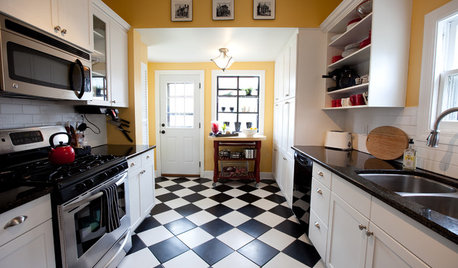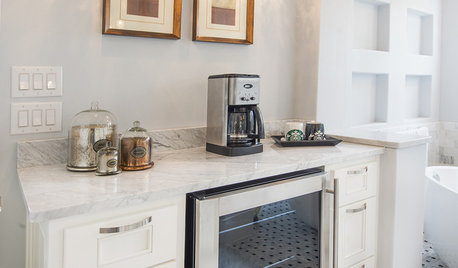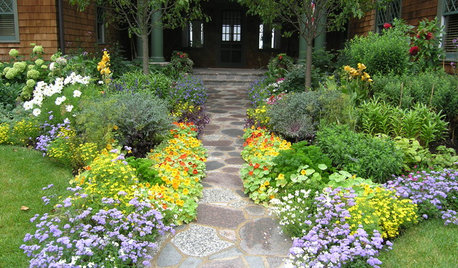Black Mission or Not - ID Please
briana_2006
9 years ago
Related Stories

DECORATING GUIDES10 Bedroom Design Ideas to Please Him and Her
Blend colors and styles to create a harmonious sanctuary for two, using these examples and tips
Full Story
HOUSEPLANTSMother-in-Law's Tongue: Surprisingly Easy to Please
This low-maintenance, high-impact houseplant fits in with any design and can clear the air, too
Full Story
FLOORSChecks, Please! 13 Choices for Checkered Floors
Checkerboard Patterns Go From Casual to Ritzy, From Marble to Grass
Full Story
HOME OFFICESQuiet, Please! How to Cut Noise Pollution at Home
Leaf blowers, trucks or noisy neighbors driving you berserk? These sound-reduction strategies can help you hush things up
Full Story
BATHROOM DESIGNUpload of the Day: A Mini Fridge in the Master Bathroom? Yes, Please!
Talk about convenience. Better yet, get it yourself after being inspired by this Texas bath
Full Story
TILEMoor Tile, Please!
Add an exotic touch with Moroccan tiles in everything from intricate patterns and rich colors to subtle, luminous neutrals
Full Story
DECORATING GUIDESPlease Touch: Texture Makes Rooms Spring to Life
Great design stimulates all the senses, including touch. Check out these great uses of texture, then let your fingers do the walking
Full Story
PRODUCT PICKSGuest Picks: Eye-Pleasing Candles and Candleholders
Darkness is falling earlier at night, thanks to daylight saving time's end. Stave off the gloom with comforting, flattering candlelight
Full Story
GARDENING GUIDESPathway Plantings That Please the Senses
Add some color, life and intrigue beside your sidewalk with these 7 suggestions
Full StoryMore Discussions








bronxfigs: New York City/7b
briana_2006Original Author
Related Professionals
Salisbury Landscape Architects & Landscape Designers · College Park Landscape Contractors · Deerfield Landscape Contractors · Wallingford Landscape Contractors · West Allis Landscape Contractors · Golden Valley Landscape Contractors · Bonney Lake Decks, Patios & Outdoor Enclosures · Chandler Decks, Patios & Outdoor Enclosures · Framingham Decks, Patios & Outdoor Enclosures · South Lyon Decks, Patios & Outdoor Enclosures · Pleasant Grove Decks, Patios & Outdoor Enclosures · Shirley Fence Contractors · Diamond Bar Fence Contractors · Long Beach Fence Contractors · West Columbia Fence Contractorsbronxfigs: New York City/7b
briana_2006Original Author
briana_2006Original Author
bronxfigs: New York City/7b